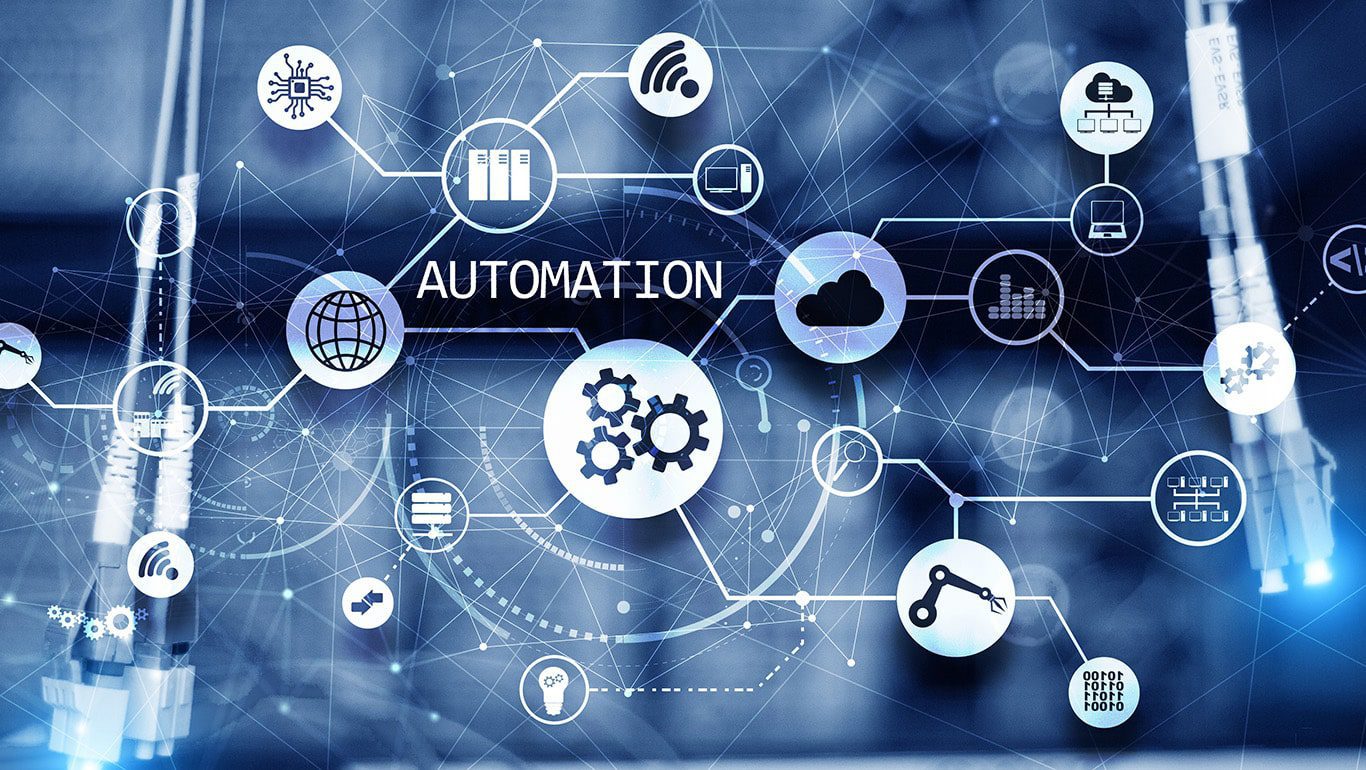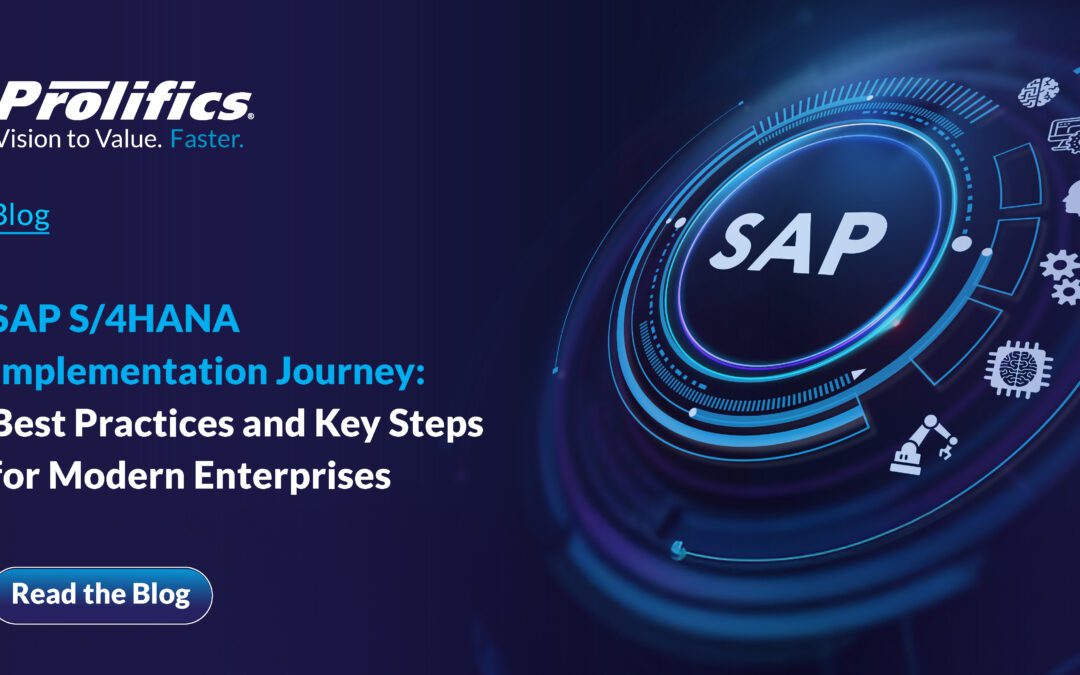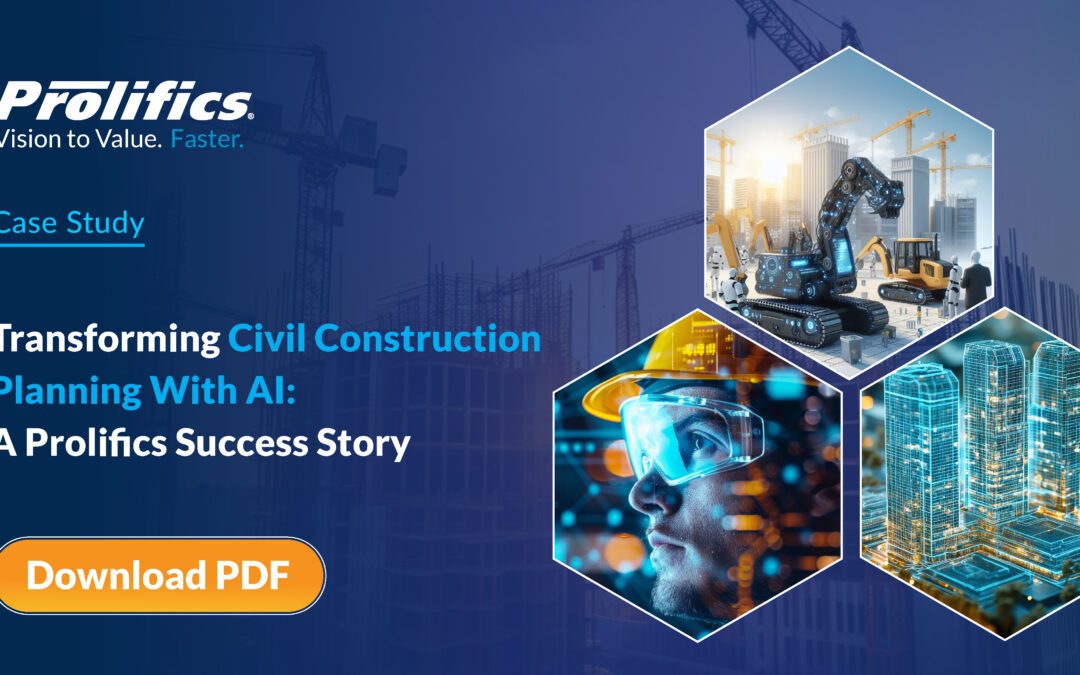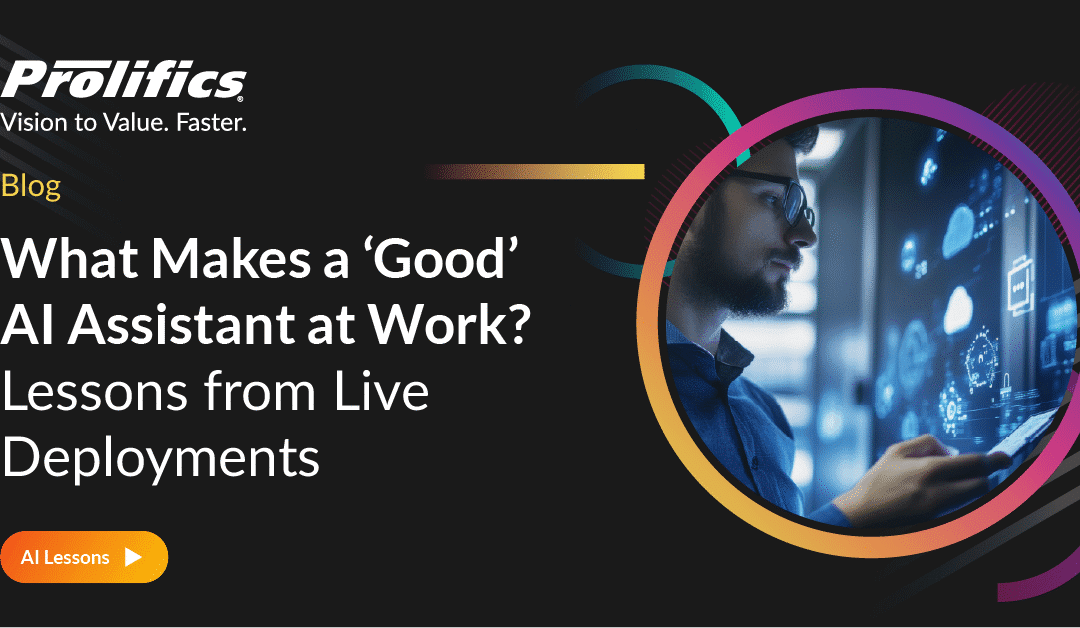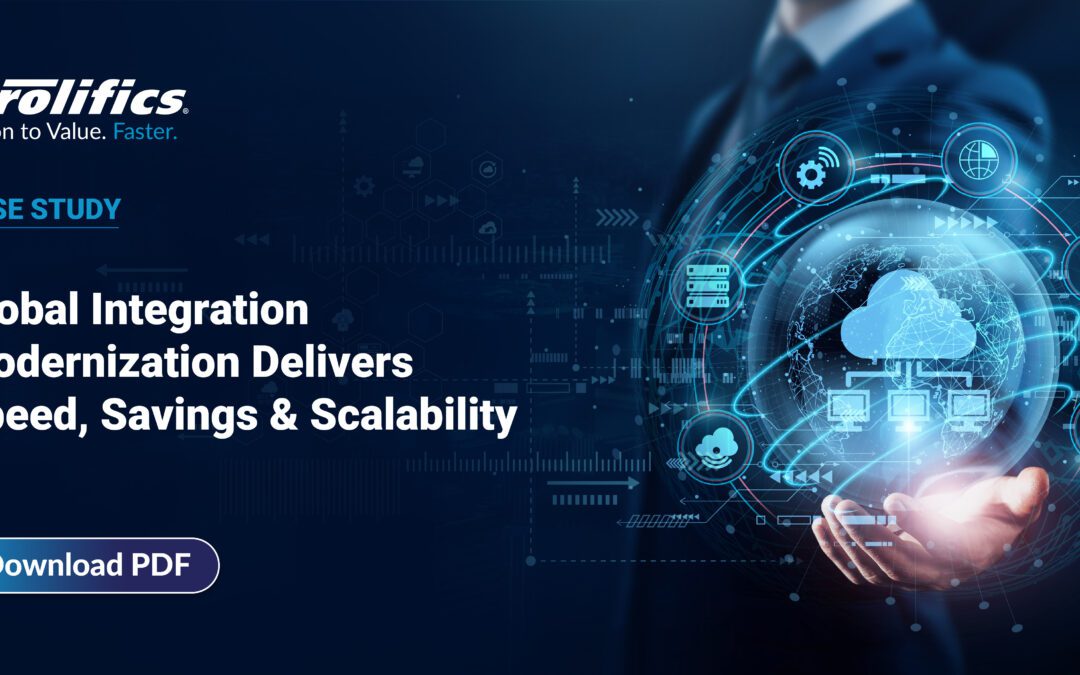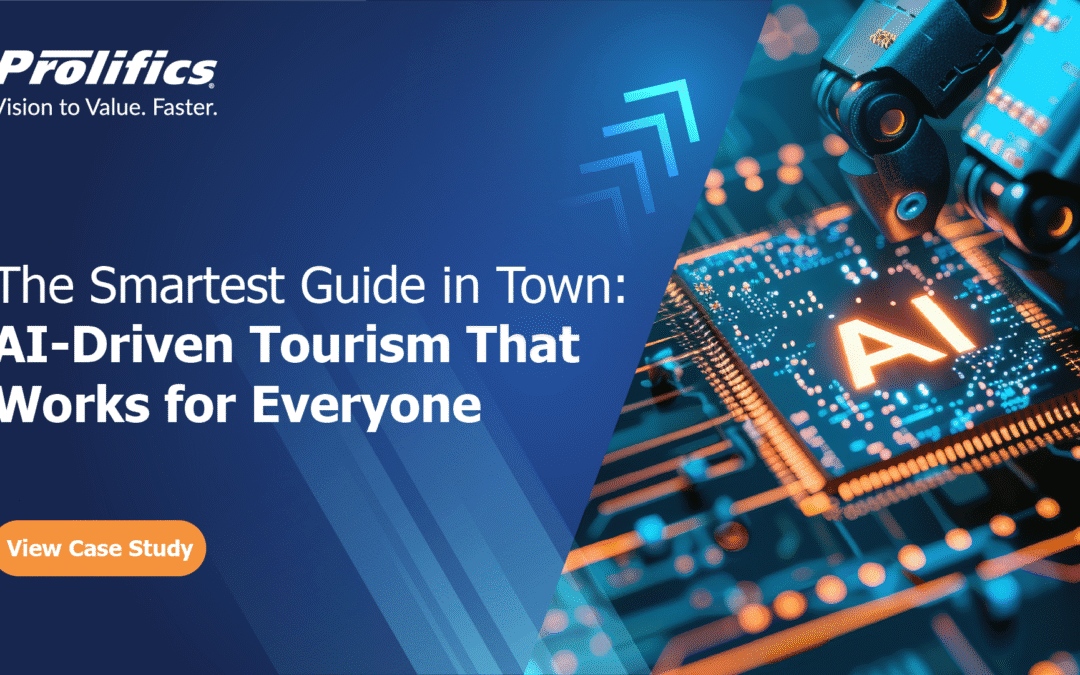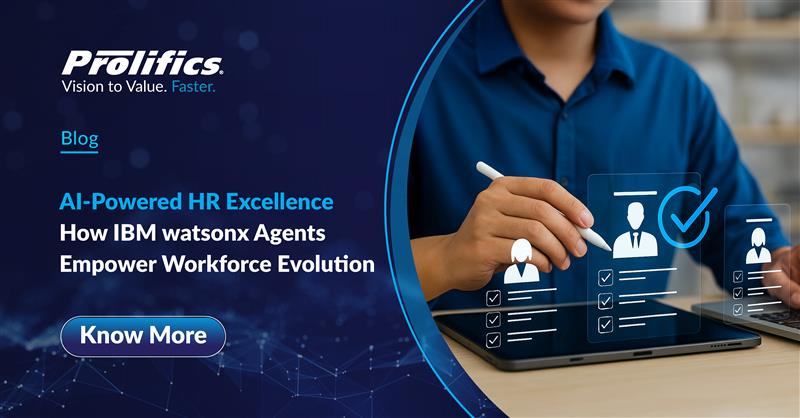Know When, and Which, Automation is Right for You
You want your business to run smoother, your employees to be more productive, and your company to experience faster growth. The experts tell you that you must embrace automation. But what does that really mean? There are many choices and options based on what you’re trying to do. This blog cuts through the definitions to direct you to the level you really need.
| Robotic Process Automation |
| Business / Intelligent Automation |
| AI-Powered Automation |
| Across the Enterprise |
| Hyperautomation |
| Extreme Automation |
| Process Mining |
The basics: robotic process automation (RPA) – freeing up your employees for more important work
Gartner defines robotic process automation (RPA) as a “productivity tool that allows a user to configure one or more scripts (which some vendors refer to as ‘bots’) to activate specific keystrokes in an automated fashion. The result is that the bots can be used to mimic or emulate selected tasks (transaction steps) within an overall business or IT process.”
Robotic process automation (RPA) is the most basic form of automation, running repetitive, mundane and/or previously manual tasks. For example, maybe your employees are spending time inputting information manually from documents into systems, or rekeying data among non-integrated systems. With repetitive work like this, employees become distracted, bored or tired – leading to mistakes and less work completed. This lack of accuracy not only diminishes individual productivity, but it creates a downstream ripple effect in the rest of your business processes. Even with entry-level positions, mundane tasks can leave employees frustrated, leading to turnover and increased hiring and training costs.
Advances in RPA have made it easier, quicker and cheaper to rollout automation with reduced risk. It’s quick – often going from “ideation to operationalization” in three to four weeks. RPA can run repetitive, mundane and/or previously manual tasks 24 hours a day – quickly with an extremely low error rate. Once programmed, it never needs a refresher course, and updates or changes are implemented easily – without additional training costs. RPA is not intended to replace employees – even lower-level workers. It’s meant to free up those employees for more important duties as “knowledge workers.”
The next level – getting knowledge workers the information they need
After straight RPA, more capabilities can be added to automation to affect larger business scenarios. These are designed to help your knowledge workers do their jobs better, and drive efficiencies in other processes. This type of automation goes by a couple different names, for example:
IBM defines intelligent automation (IA) as “…the use of automation technologies – artificial intelligence (AI), business process management (BPM), and robotic process automation (RPA) – to streamline and scale decision-making across organizations. Intelligent automation simplifies processes, frees up resources and improves operational efficiencies.”
Gartner defines business process automation (BPA) as “the automation of complex business processes and functions beyond conventional data manipulation and record-keeping activities, usually through the use of advanced technologies. It focuses on ‘run the business’ as opposed to ‘count the business’ types of automation efforts and often deals with event-driven, mission-critical, core processes. BPA usually supports an enterprise’s knowledge workers in satisfying the needs of its many constituencies.”
An example of “run the business” and supporting knowledge workers is the exception scenarios, like claims processing in healthcare insurance. While most claims processing never needs human intervention (because of RPA), your claims process specialists – a knowledge worker – must review certain claims for such things as over-threshold amounts, suspected fraud, audit, and other exceptions. Often there are repetitive tasks associated with these exceptions, like compiling facts, figures and information out of different data sources, business applications and/or policy documents. Your knowledge worker needs to get this specific information, based on whatever the exception kick-out is, to make a decision. But compiling the info (even assuming no mistakes are made) slows down the worker, the decision, and the process – resulting in inefficiencies and higher costs.
Intelligent automation / business process automation is the answer here. This automation application learns where to get the information needed to process the exception – quickly, accurately and completely. Imagine the knowledge worker getting the exception report along with all the information needed to make the decision.
Intelligent automation / business process automation is especially valuable when volume is considered. Claim filings can vary widely based on events and time of year. IA bots, also known as digital worker assistants or simply digital worker, can be easily added or removed to scale up or down based on volume, helping to stabilize your knowledge-worker hiring.
| More about bot? Check out “What Robot Do You Need?” |
Intelligent automation / business process automation is not just for claims exceptions. It can be used across multiple industries to actually make decisions based on the information it gathers. Examples include:
- Healthcare: Check on provider data to determine “in-network” or “out-of-network” status.
- Banking and financial services: Reconcile accounts and post journal entries.
- Mortgages/loans: Process documentation and related decisions for loan applications
Like straight RPA, intelligent automation / business process automation is not meant to replace workers. As defined, it gives them the information they need to do their jobs quicker, more efficiently and more accurately.
AI-powered automation – “Tell me what’s next?”
IBM defines AI-powered automation as “a continuous closed-loop automation process where data patterns are discovered and analyzed, such that decisions on insights from the data can be translated into automated actions, with AI providing proactive optimizations during each stage of the process.”
AI-powered automation, also referred to as artificial intelligence/machine learning (AI/ML), are at the top of automation capabilities. An AI-powered automation solution can complete complex decision making on its own. This is because new AI/ML techniques look at large amounts of data, make connections, and generate insights better and quicker than a knowledge worker ever could.
For example, intelligent automation can make a decision on a loan by collecting data and aligning it with the parameters set by the financial institution. An organization using AI/ML, by contrast, can analyze the entire historical loan portfolio on an ongoing basis, and recognize, for example, that a certain combination of factors leads to a much higher risk of default. If the loan application has those factors, the AI-powered automation solution will deny the loan.
AI-powered automation is for “what’s next” questions – such as who’s likely to default on a loan, what’s your customer’s next purchase, or when might your equipment breakdown. You would use artificial intelligence and machine learning tools to automatically detect sophisticated data patterns to predict potential outcomes, giving you better decision-making insight. Does AI-powered automation replace workers? Again, we would say no – AI/ML gives your company opportunities for sophisticated, strategic work that generates competitive advantages.
Automation across the enterprise
So far, the automation definitions have related to processes, business segments and the related workers. There are automation scenarios that look at large parts of, if not the entire, enterprise.
Gartner define hyperautomation as “a business-driven, disciplined approach that organizations use to rapidly identify, vet and automate as many business and IT processes as possible. Hyperautomation involves the orchestrated use of multiple technologies, tools or platforms…” For Gartner, this includes:
artificial intelligence and machine learning (AI/ML); event-driven software; RPA; business process management (BPM); and low-code/no-code tools.
KPMG discusses extreme automation as “the integration of multiple disruptive technologies – all at once – across all processes. In the next three to five years, for example, organizations are likely to have robotics and artificial intelligence (AI) everywhere, with electronic brains assisting in human decisions… the confluence of cloud applications, blockchain, cognitive automation, natural language processing, and more – is expected to create an all-new operating model…”
A Prolifics differentiator – Process Mining coupled with automation
Prolifics Process Mining discovers what is actually happening in a process by following the digital trail of data through your systems. Every day your customers, employees, vendors and others generate a digital footprint when they utilize your company systems. These digital footprints get captured in these systems, such as ERPs, CRMs, application databases, log files, audit tables, Excel documents and many others. Process Mining shows you how data moves through your organization – visualizing and diagraming the actual flow, including variations, exceptions, gaps and siloes.
Process Mining will let you know exactly what’s happening by using hard data – it’s not an opinion from an interview or a subjective process mapping. Process Mining quickly identifies inefficiencies, where to improve and how to get to your desired business outcomes. You can readily compare what you currently have to what you want: a new policy or procedure; defined standard; or best practice. You can now make automation changes – any type or level of automation – with confidence.
How can we help?
If you’re interested in any of the automation concepts discussed here, we’ll sit down with you for a free discovery workshop. If we can help and you want to go further, we’ll jump start the automation solution, including deploying and customizing as needed for your environment. If AI-powered automation is involved, we’ll also install and set up that platform. With Prolifics automation, we offer a quantified result expressed in improved time, increased volume, better data, better decision-making and overall better outcomes. To learn more, email us at solutions@prolifics.com.
Do you want more on automation and “bots?”
Join us for Prolifics next Innovation Sandbox, “BOTS: Taking on Today’s Challenges.” This free, online event will feature two innovators in the automation space. They will share their creations designed to help improve the healthcare experience and to provide the right support for employees facing mental health concerns. In addition, a special guest will talk about what they’re doing to encourage more companies and individuals to innovate and automate with purpose. The live event will air on Prolifics TV on Tuesday, April 26, 2022, at 10-11 a.m. ET. Learn more and register here Your Guide to Automation Types.

